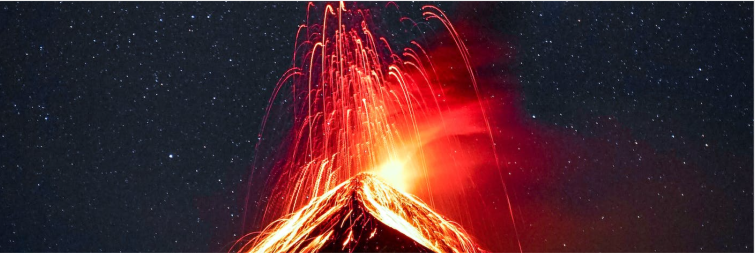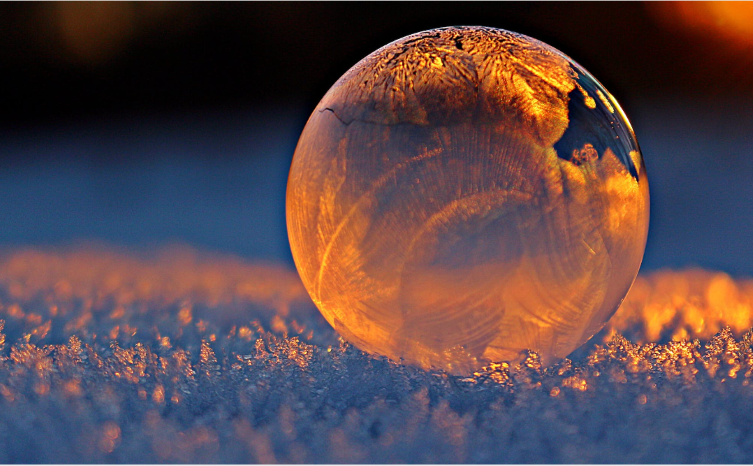Did you know that some stars can destroy entire planets?

The fate of some planets is to evaporate. Astronomers rarely have the opportunity to observe this event and therefore pay great attention to it when they notice it. It provides them with a wealth of information about how planets are formed, but also what is hidden in those planets.
Because scientists have some insight into the interior of the Earth, then to a lesser extent into the interior of the Moon and Mars, they have a rough idea of the structure of the other bodies of the Solar System, but what is in the distant planets – they really cannot say with certainty. They come to some conclusions only by relying on their theoretical knowledge of physics and theoretical calculations.
And then they noticed: the evaporation of some planets!
This event in the universe is not very rare because there are a huge number of planets, but in most cases, it is inaccessible to researchers because they are very small planets that are very difficult to see with current astronomical instruments even when they are close to us.
These are smaller planets that orbit at a short distance from the parent star. And objects that move close to the parent body are “tidal locked”, i.e. they move so that they always face the same side towards the respective body. Let us remind you, the same is the case with our Moon, which always turns the same side to us.
So, such planets are doomed to have one side overheat and glow, while the opposite side is frozen. On the side of the planet facing the star, very high temperatures develop over time, so high that rocks melt and evaporate. At the same time, water-ice can form on the opposite side.

On the side facing the star, a layer of molten rock, magma, forms, the evaporation of which creates a dusty cloud that envelops the planet and creates a trail of debris along the orbit along which the planet moves.
In extreme cases, when it is a low-mass planet orbiting at a small distance around a large, strongly radiating star, the planet can evaporate even before solidifying, within just a few thousand years. It is much more common for a planet to live for a billion or more years while the star’s radiation slowly destroys its day side.
This evaporation provides scientists with an insight into the internal structure of the observed planet, and based on this, they are able to draw appropriate conclusions about the origin and evolution of the planet, and even the entire solar system.
All this is the result of a very small number of observations, pure theory and special simulations that, based on different parameters, make different models of the planet’s evaporation. The goal of these simulations is to determine the frequency of planetary evaporation.
The simulations work with different radiation levels of the star, different sizes of the planets, their orbital distances, with data on the chemical composition of the planets, etc.
Of course, further research is yet to come, and the researchers are counting a lot on the observations that will be made by the James Webb Space Telescope.
Did you know that here at OSR you can name stars?

